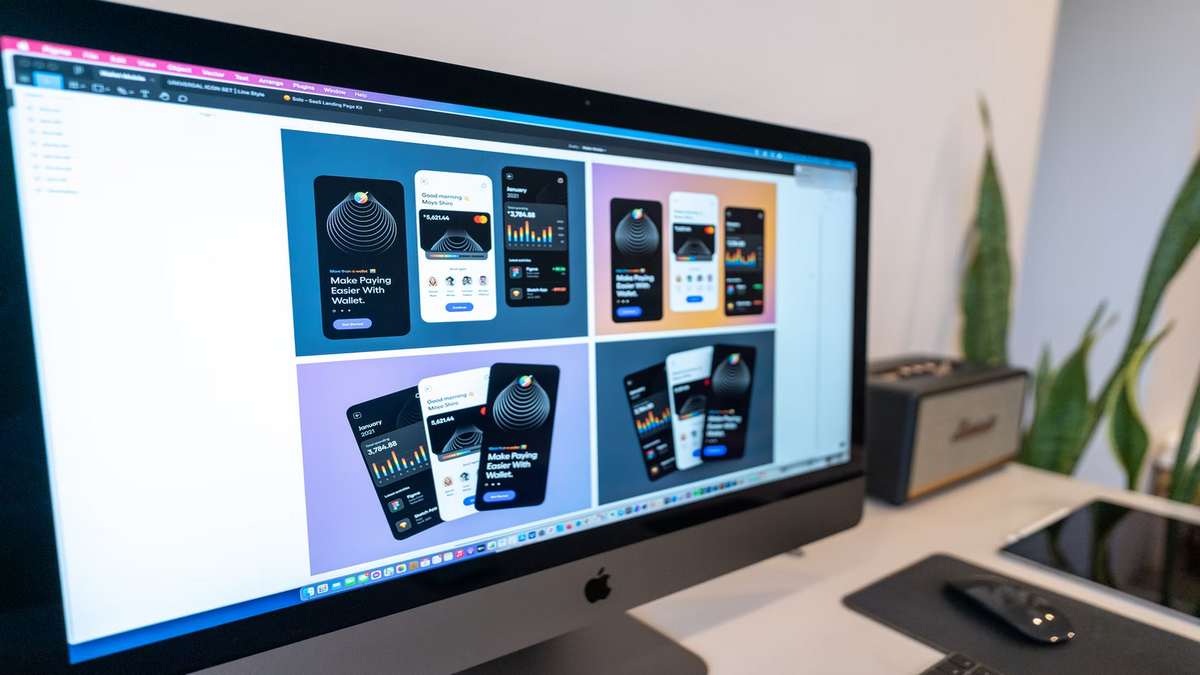It is hard to stand out in the sea of creativity. You may be an outstanding graphic designer. At the same time, you struggle with finding a place where you can apply your talents to the maximum. You have a decent resume and a hefty portfolio, but something still feels off.
The creation of a good portfolio takes some time and effort. You may be a seasoned designer or a newbie. You need a portfolio that will help you stand out in either case. Several practical techniques will help you polish your portfolio.
Create a narrative around your work
The chosen projects for your portfolio need a proper description. A captivating narrative about the process of creation adds points to your portfolio success. You should describe what decisions you took and why. How you come up with certain ideas, and how you realize them. All these pieces will help visitors learn about you as a person and professional.
This part of your portfolio crafting may require professional help. One of the easiest solutions is to remember, ‘I can always count on someone to write my paper for me’ and get academically perfect results. A well-written description of your portfolio will win over your audience and help you to stand out.
Treat your portfolio as another design project
Cramming your work into an online website is not enough to make an impressive portfolio. You need to approach this task as another graphic design project. Try to harmonize the website design, projects that you showcase, and trending features for online portfolios.
You want to create a certain mood with your portfolio. Evoking emotions via a chosen style will make your portfolio distinct and noticeable. Do not be afraid to look for examples and inspiring references. The main idea behind this tailoring is to show your personality. The secret ingredient to standing out among other graphic design portfolios is to inject your style into the presentation.
Technical optimization is vital for presentation too. You may use the ready solutions, like online portfolio templates. Otherwise, make sure to perfect the performance of your portfolio for any device. The website design creates a first impression of you as a professional. Make sure that your canvas looks decently.

Know your audience
Another way of tailoring your portfolio is to know people who will look at it. Do you want to impress HR? Do you want to make a name among freelance clients? What should these people see first? Answering these questions will help you find the focus for your portfolio.
When you know what sort of people you want to impress, you know what projects you will show. Prefer quality over quantity. Choose only the best of your pieces. Six to ten projects in a portfolio is an optimal solution. This limited amount will allow you to present each of the projects thoroughly.
You may show not only the final stages. Sketches, case studies, and your commentaries for stages of the project are valuable assets too. These items will show your professional growth and the way you approach your working tasks.
If you did a particular project in collaboration, make sure to give the necessary credits. First of all, it is a rule of common decency. Most importantly, it will show that you are a team worker and can manage a group task. Make a note of your role in the project. This notification will explain better what contribution you made.
Say something about yourself
Your projects will tell about you as a professional. Still, you need to tell something about yourself as a person too. You do not have to tell the whole story of your life or share intimate details. However, speaking about your passion for graphic design and why you do it may help visitors know you better.
The page “About me” should follow the style of your whole portfolio. You may share certain photos or meaningful events related to graphic design and your career growth. Yet, do not make it too lengthy. The main idea is to show how to approach you and what kind of person you are in direct communication with.
Make a call to action
All the elements of your portfolio lead to a particular goal. Do you want the visitors to contact you? Follow you on social media? A call to action may be taken as a matter of course. Yet, it will increase the probability of your portfolio success. Place the call to action on the several parts of your portfolio:
- At the end of each case study.
- Bottom of your “About” page.
- Center of your portfolio.
Such placement will motivate the visitors to take action and make your portfolio work.
Make a website that is easy to update
It is crucial to regularly update your portfolio, even if it has reached the desired goal. You need a website that you can update easily and regularly. For example, you may use website template resources. A platform like Wix will present you with ready solutions and designs. If you want to make it look more compelling, you may pay for a Pro design.
SEO optimization is another contribution to help your site to stand out. The key is to fill metadata for your images, choose a unique domain name, and use strategic keywords. SEO optimization may seem hard, but there are ready solutions for this task too.

Final words
Making a portfolio that will stand out is a challenging task. Yet, if you know how to approach it, you can nail it with little effort. You should create your portfolio as one of your design projects. Choose a style and stick to it in your presentation.
Do not forget to tell a bit about yourself and create a narrative around your projects. Visitors to your site should know a bit about you as a professional and person. Make a call to action across your website and update your portfolio regularly. These tips will help you to make a noticeable and competitive portfolio.



